Cremation environmentally friendly

Sharon Ngomani
“I cannot imagine old, wrinkled witches with their long nails feasting on my flesh when I die. I will not give them that satisfaction because now they must be salivating, lusting after my thick frame and big bottom. But if I am to be cremated tough luck on them, they can only sniff my ashes spread all over the village.”These are the fears of 46-year-old Mrs Fungai Mamoyo of Kuwadzana Phase 3 in Harare, over the issue of whether her remains should be buried or cremated when she dies.
With her larger than life personality, cracking a sharp, thunderous laugh in the process, she speaks of her burial options.
To cremate or not to cremate has been subject of debate since time immemorial even beyond Zimbabwe. Cremation is a method of body disposal after death which involves subjecting the body to intense heat ranging from 500 Degrees Celsius to 800C.
The resultant is minute bone fragments and ash that feel coarse like fine gravel. The family can then decide to dispose the ash in diverse ways or to keep it in a columbarium (a room or building where urns are stored).
The debate has been sparked by the growing shortage of burial space especially in the cities.
Harare council has nine cemeteries with four of them still active, namely Granville A and B popularly referred to as kuMbudzi, Mabvuku and Warren Hills. Recently, the latter has been closed to the public due to lack of space and it will take time and hefty resources to develop the virgin uphill land still available in the cemetery.
This is enough evidence to show that traditional burial of digging graves is eating up space and resources.
Dr Thomas Marambanyika, a lecturer in the Department of Geography and Environmental Studies at Midlands State University, agreed that cities were running out of burial space.
“Zimbabwe like most countries in Africa is characterised by rapid population growth and will need more space for housing and other development activities in the future. Eventually land will become less and less. So if we are to talk of future sustainable societies there is need for us to start adopting green methods of body disposal such as cremation that save land,” he said.
The challenge of burial space shortages is not limited to Zimbabwe. In 2015, Zambia’s capital city Lusaka faced a problem of shortage of burial space.
Cremation is emerging as an environmentally friendly option that does not disturb the nature of physical environment or ecosystems. With traditional burial, there is a high probability of pollution of the natural environment.
Coffins are usually coated with preservatives such as chromate copper arsenate, paints and varnishes containing dangerous chemicals such as mercury and lead that could leach into ground water systems.
Embalming chemicals also contaminate the soil when the body eventually decays. This puts human, plant and animal life at a high health risk.
Economically, cremation is also cheap as there are no coffins, embalming and burial plot associated costs.
Neither is there a need to hire a hearse to transport the body because the ashes will be portable in an urn. It is also cheaper when repatriating a body from abroad. Basically cremation-related costs are half of traditional burial costs.
But good and green as it may sound, cremation has not been widely accepted across societies in the world. In Zimbabwe, culture condemns the practice of cremation.
A traditionalist known as Mai Muroro explained the standpoint.
“It is not in our Shona culture to cremate. We bury a body underground and in caves in cases of royalty and masvikiro. This is because we have our traditional beliefs and rituals that we carry out around the grave. Rituals such as kutema rukawo (the first dig) and kurova guva (ceremony of bringing back the dead) require a grave. We also don’t burn bodies,” she said.
After death in Zimbabwean culture, certain rituals are performed such as having the body of an adult lie in state before burial while mourners keep an all-night vigil. After that, normal burial proceeds, accompanied by other rituals.
Most Christian denominations also do not encourage cremation. Others such as Catholics do not completely forbid it but neither do they encourage it.
Pastor George Kaseke of Glad Tidings Fellowship explained why as Christians they do not condone cremation.
“We do not encourage cremation because Christ whom we follow was not cremated. Also nowhere in the Bible was cremation encouraged,” he said.
But nowhere in the Bible was it discouraged either. There are two instances of cremation in the Bible. The first is of Saul and Jonathan who after being mutilated by the Philistines were cremated and their bones buried by the Israelites to avoid ridicule from the Philistines (1 Samuel 31 vs 8-13).
The second is of Achan and his family who were cremated after deliberately sinning by taking for themselves spoils of the battle of Jericho (Joshua 7 vs 25). In this case cremation was done as a punishment.
Other beliefs such as Islam and Judaism completely forbid it while Indian beliefs such as Hinduism, Buddhism, Jainism and Sakhism encourage it.
Whether Mrs Mamoyo will actually go with cremation as her method of body disposal remains to be seen. And only time will tell if more people in Zimbabwe will begin to accept cremation as a green method of disposing of the dead.

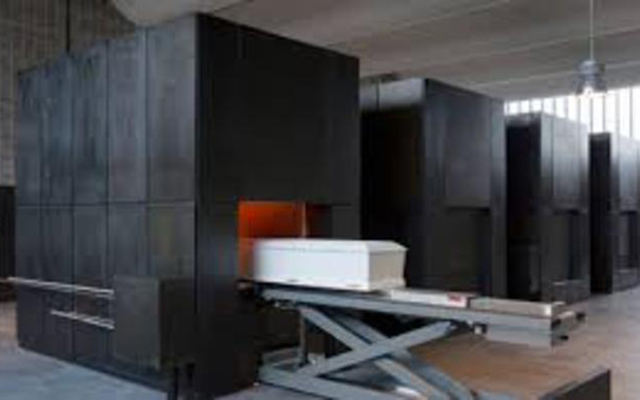
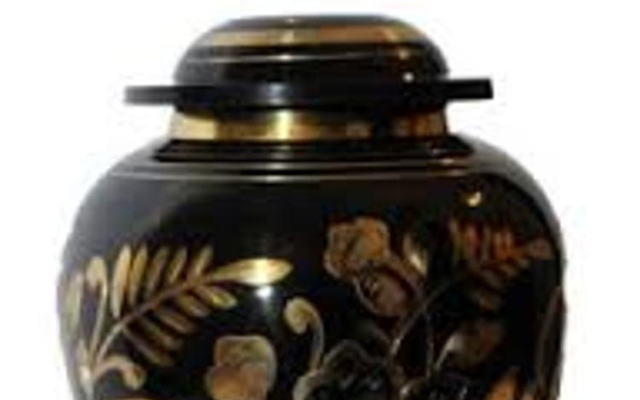
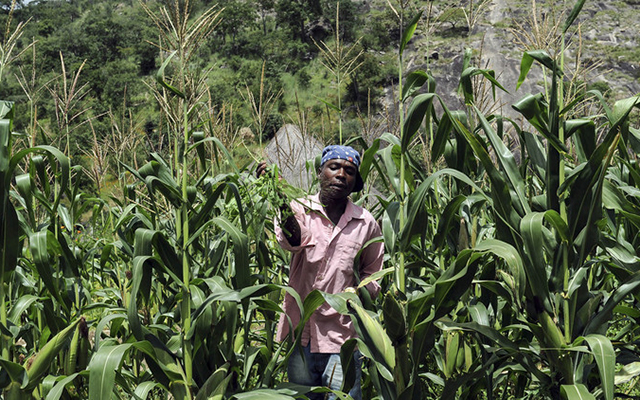
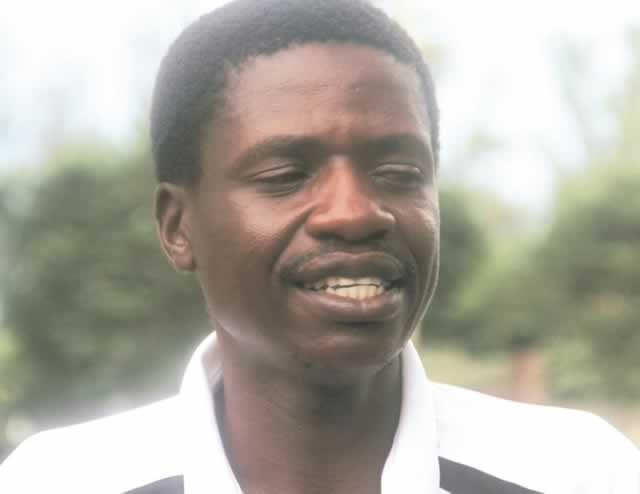
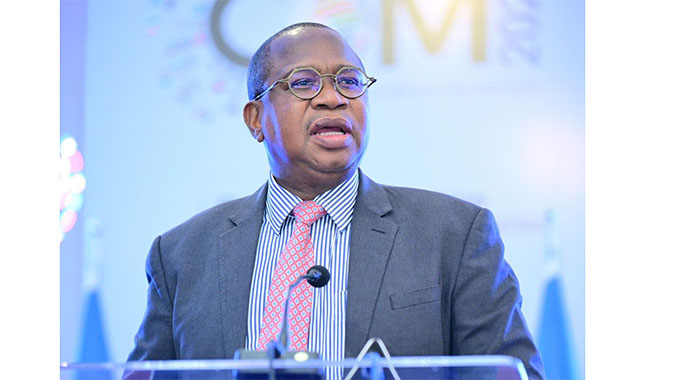
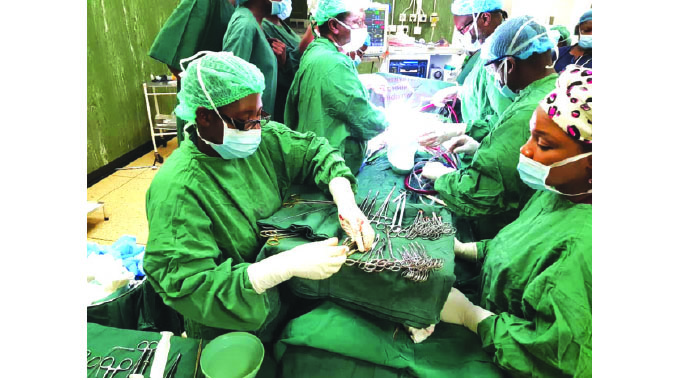
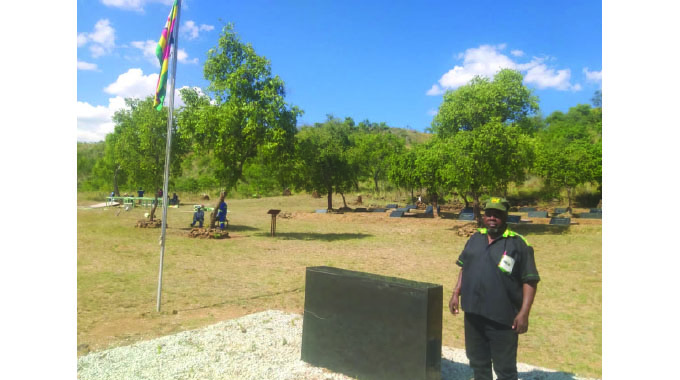

Comments